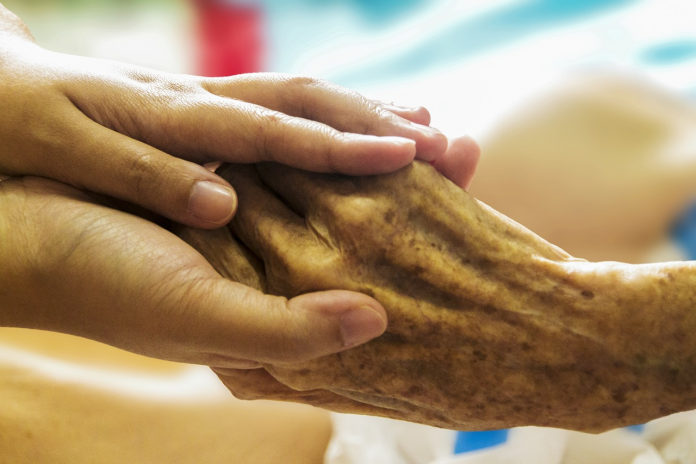At the end of our lives, many of us and our loved ones have about a million things we wish we had more time to do and enjoy together. Spending as much time as possible together and making these last few months, weeks, or even moments count feels like the most important thing you can do.
It is almost impossible to know exactly when someone you love will pass, but it is possible to greatly impact the circumstances in many cases. Unfortunately, the vast majority of families fail to learn about the end-of-life care and treatment that their relatives desire while they are still able to make their own decisions. Far too often, these conversations are painful and awkward so they are put on hold until it is too late.
End-of-life care planning can make a huge difference in the quality and comfort loved ones experience over the last few months of life they have left. This care planning can help make difficult decisions easier, as well as help healthcare providers determine the appropriate course of treatment that best meets the needs of their patients.
A Growing Need
For many of us, the idea of end-of-life planning can seem somewhat distressing and far off. Few people want to talk about their eventual deaths, let alone plan for when it comes. However, doing so can greatly impact how your wishes are carried out once you are unable to communicate them any longer.
Without clear plans, loved ones will be forced to make decisions that may or may not line up with how you would like to go out. For instance, some people would elect medically-assisted deaths after a certain stage in a terminal illness is reached in states where doing so is legal. However, if no documentation exists and the patient is no longer a sound decision-maker, their wishes may not be met.
Advances in medical technology and longer lives have led to a greater number of patients passing from the comfort of their own homes rather than in emergency rooms or other places that used to see a significant number of deaths. This again highlights the need for an end-of-life plan as there is so much variability between people on how they would like to be cared for towards the end of their lives.
Planning for Hospice Care
Choosing to die in your own home is one incredibly popular option because it helps patients feel more in control and reduces anxiety associated with being in a medical facility. This type of choice is called hospice care and it is covered by Medicare, which can help ease the financial burden for many families that choose this route for their loved ones. Hospice care is typically for terminally ill patients with less than six months to live; care providers help manage pain, provide some counseling services, and help grieving family members adapt.
Another type of home care that may be considered part of the treatment options is palliative care. Palliative care is very similar to hospice care in that a healthcare professional comes to your home and helps with treatments. However, it varies in that it can occur alongside treatment whether a full recovery is expected or not. Contrarily, hospice care is reserved for those who have ended treatment and are likely to pass within a shorter time frame.
Many medical professionals recommend palliative care for patients that are dealing with long term illness and diseases. This type of care is generally far less costly for patients as it takes place in the home and seeks to address a range of issues stemming from the diagnosis rather than just treatment and pain relief. In general, patients prefer this treatment alternative because it reduces hospital trips and anxiety.
Prioritizing Comfort and Care
If you are caring for a loved one from your home, there are multiple things that can be done to help ease the burden. Although a healthcare provider will likely stop by one or more times per week, it helps to understand the signs and symptoms of a pressing issue associated with treatment. Likewise, having a basic first aid kit and the knowledge to use it can help everything go more smoothly in case of an accident.
Additionally, you may consider some other alternative therapies that will bring joy and relaxation to the household. For instance, music therapy is a popular choice because it can help reach patients that are really struggling and connect patients with their loved ones to celebrate special memories. Some specialists believe music is tied to some of our deepest memories and can help patients and their loved ones gain acceptance for the end of life.
Our homes are deeply tied to our sense of comfort and well being, which helps explain why so many people are determined to spend their final moments there. Arranging a home to accommodate a loved one can bring them great peace in their final moments. However, it can also lead to difficult memories and adjustments for loved ones once they are gone. Finding ways to revamp the space and ease out of hospice care is important too.
In today’s world, an end-of-life care plan is almost essential to making sure your end-of-life desires are executed. It can be a difficult and awkward conversation to have, but in the long run, it can make everyone’s lives easier and better. Hospice care is a growing choice for many patients who want to spend their final days in the comfort of their own homes, making end-of-life planning even more imperative.

























